Contents
HTML style Tag: Main Tips
- Used within <head> or <body>, HTML
styletags define internal styling for elements. - This styling information contains CSS.
- It might apply to the whole document or a part of it.
- HTML inline styles override externally included CSS, but can be overridden by the
styleattribute.
Defining HTML Inline Style
HTML style tags define CSS styling information that applies to its content:
<head>
<style>
/* This is internal styling */
h1 {
color: indianred;
}
p {
color: red;
}
</style>
</head>You can place HTML style tags in <head> or <body> elements. We'd recommend choosing the first option, as that allows you to keep the content and styling information separate.
Note: you can also use <link> elements to apply styles kept in external stylesheets.

- Easy to use with a learn-by-doing approach
- Offers quality content
- Gamified in-browser coding experience
- The price matches the quality
- Suitable for learners ranging from beginner to advanced
- Free certificates of completion
- Focused on data science skills
- Flexible learning timetable

- Simplistic design (no unnecessary information)
- High-quality courses (even the free ones)
- Variety of features
- Nanodegree programs
- Suitable for enterprises
- Paid Certificates of completion

- A wide range of learning programs
- University-level courses
- Easy to navigate
- Verified certificates
- Free learning track available
- University-level courses
- Suitable for enterprises
- Verified certificates of completion
Common style Tag Attributes
There are two attributes you may use with HTML style tags. There is also one that is deprecated and should not be used when modifying style in HTML. However, you should get to know them all.
media is an optional attribute that defines which media should the styling properties affect. Its default value is all:
type is an optional attribute describing the styling language as a MIME (Multipurpose Internet Mail Extensions) type. Its default value is text/css:
scoped was a boolean attribute, which set the scope for HTML inline style properties:
Warning: the scoped attribute has been deprecated in HTML5 and should not be used for style in HTML.
Browser Support

Chrome
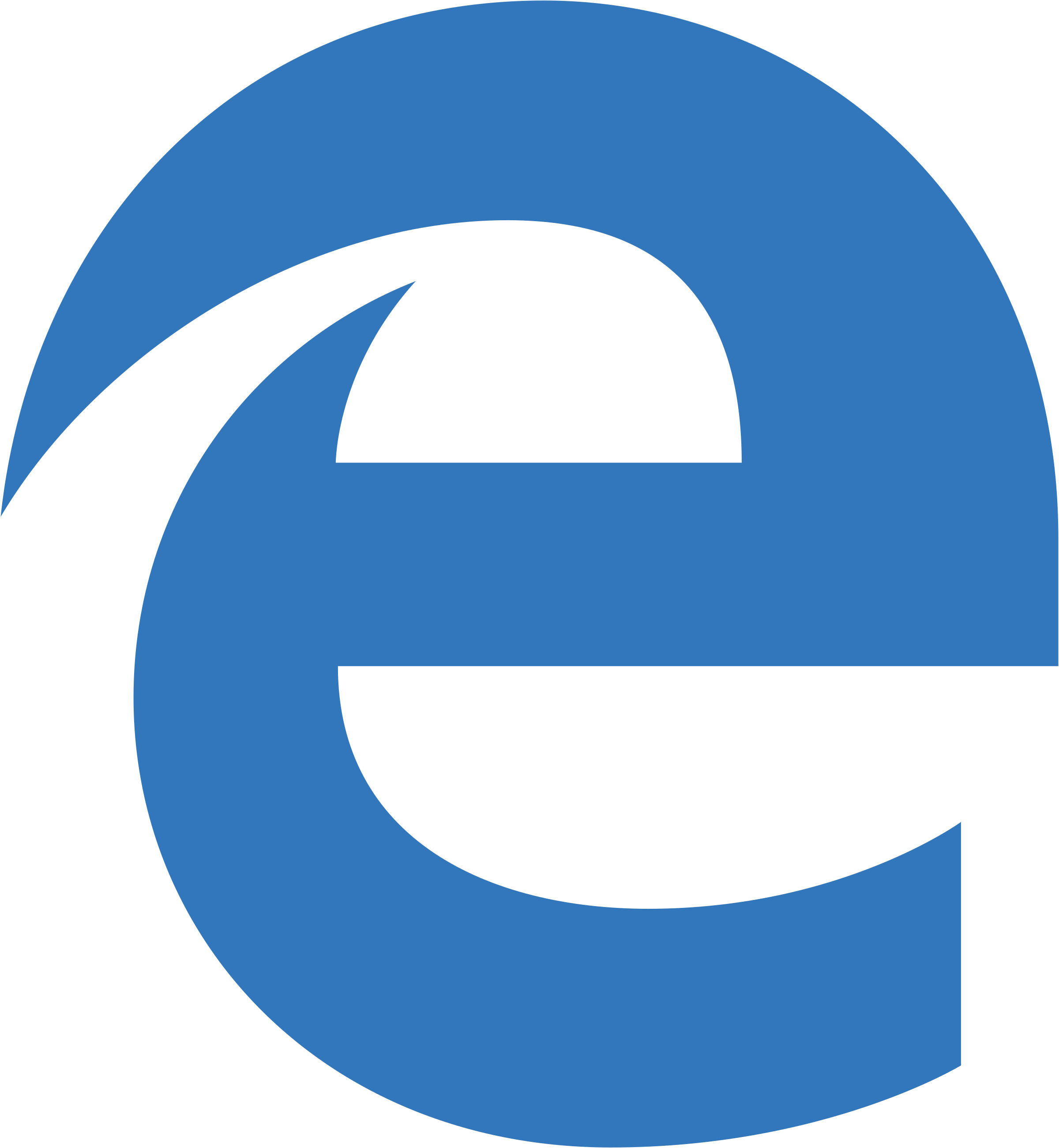
Edge
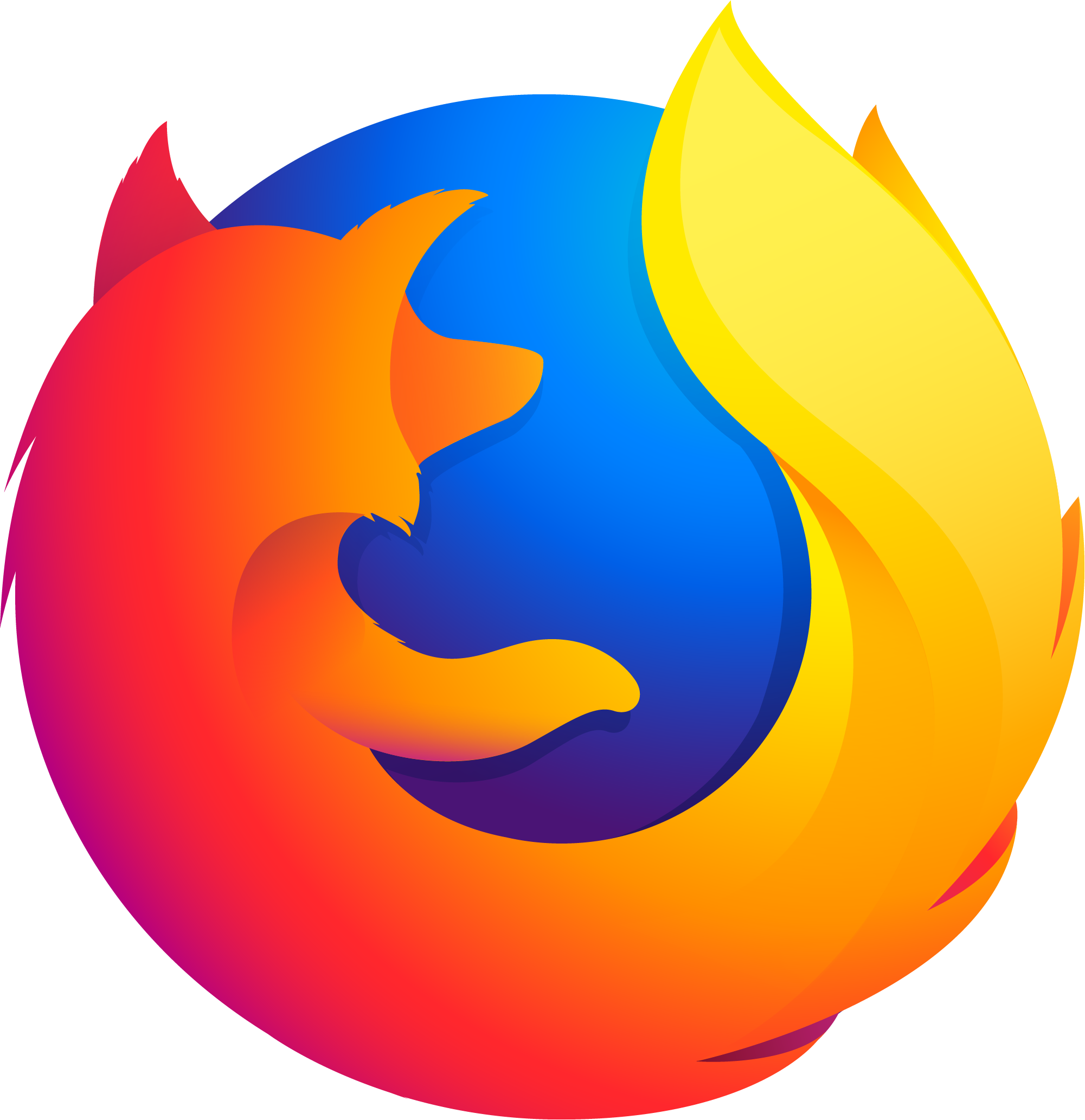
Firefox
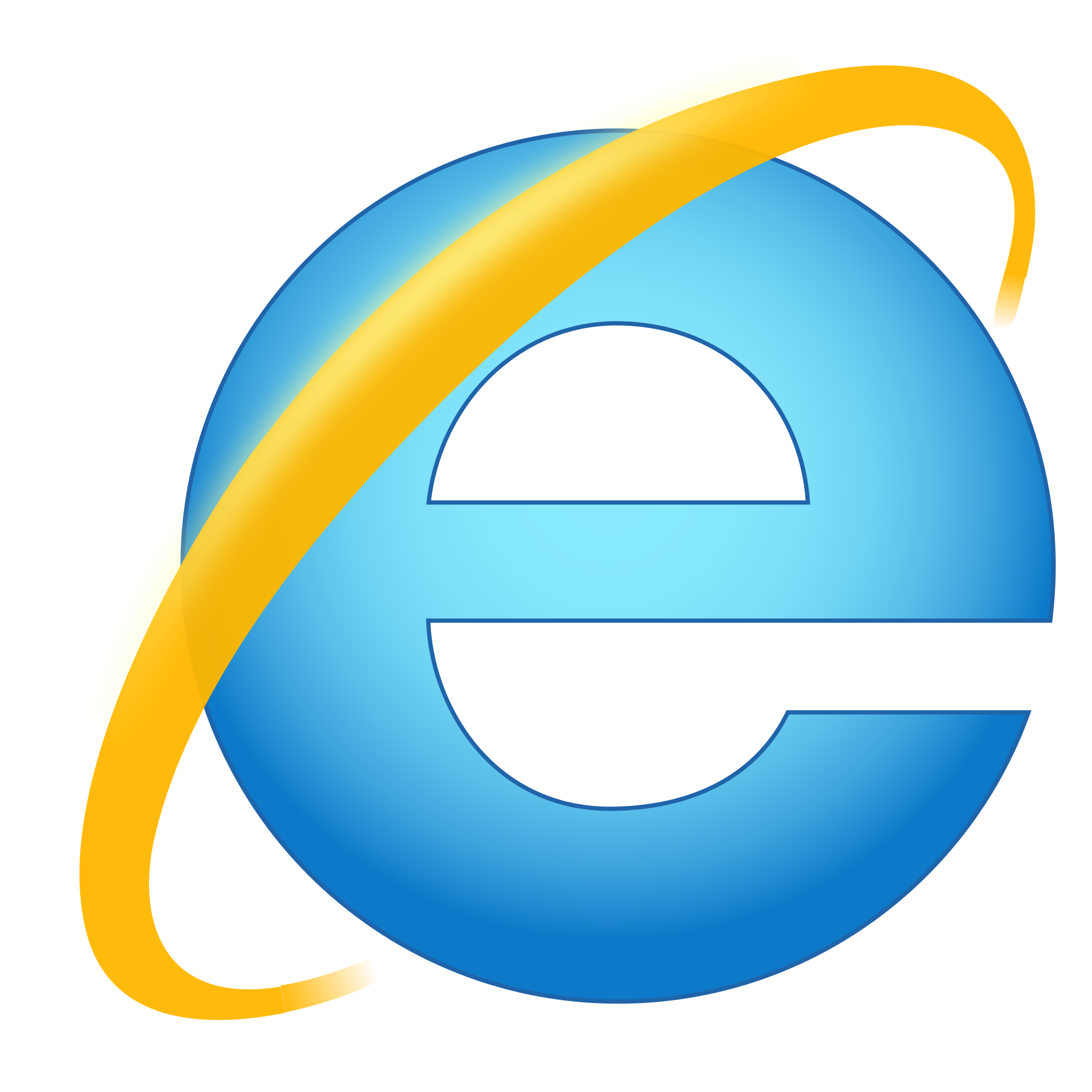
IE
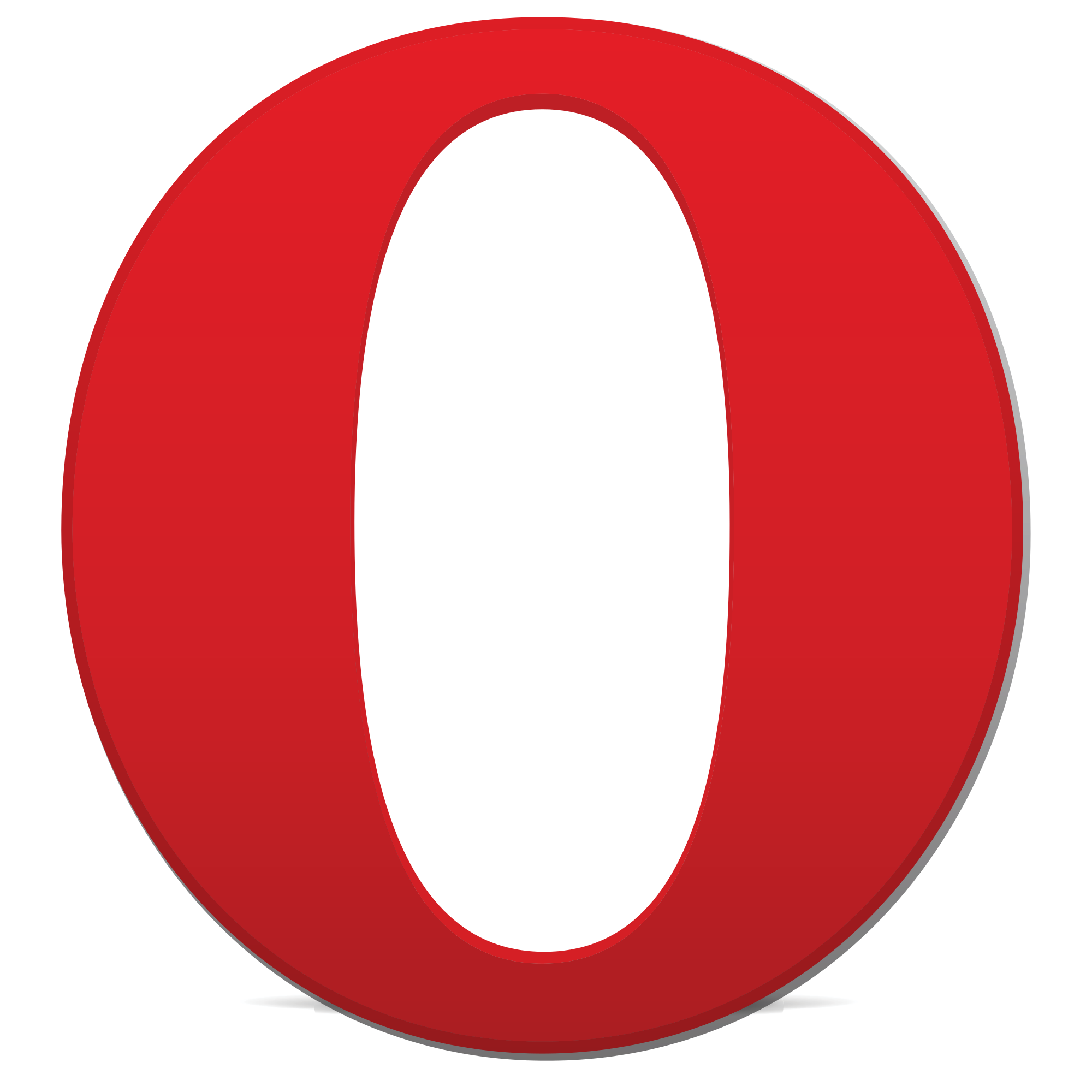
Opera
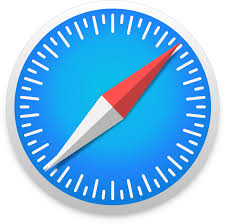
Safari
Mobile Browser Support

Chrome

Firefox

Opera

 HTML
HTML  CSS
CSS  PHP
PHP  JavaScript
JavaScript  SQL
SQL  Bootstrap
Bootstrap  Solidity
Solidity  jQuery
jQuery  Git
Git  Chrome DevTools
Chrome DevTools  C++
C++  Python
Python 



